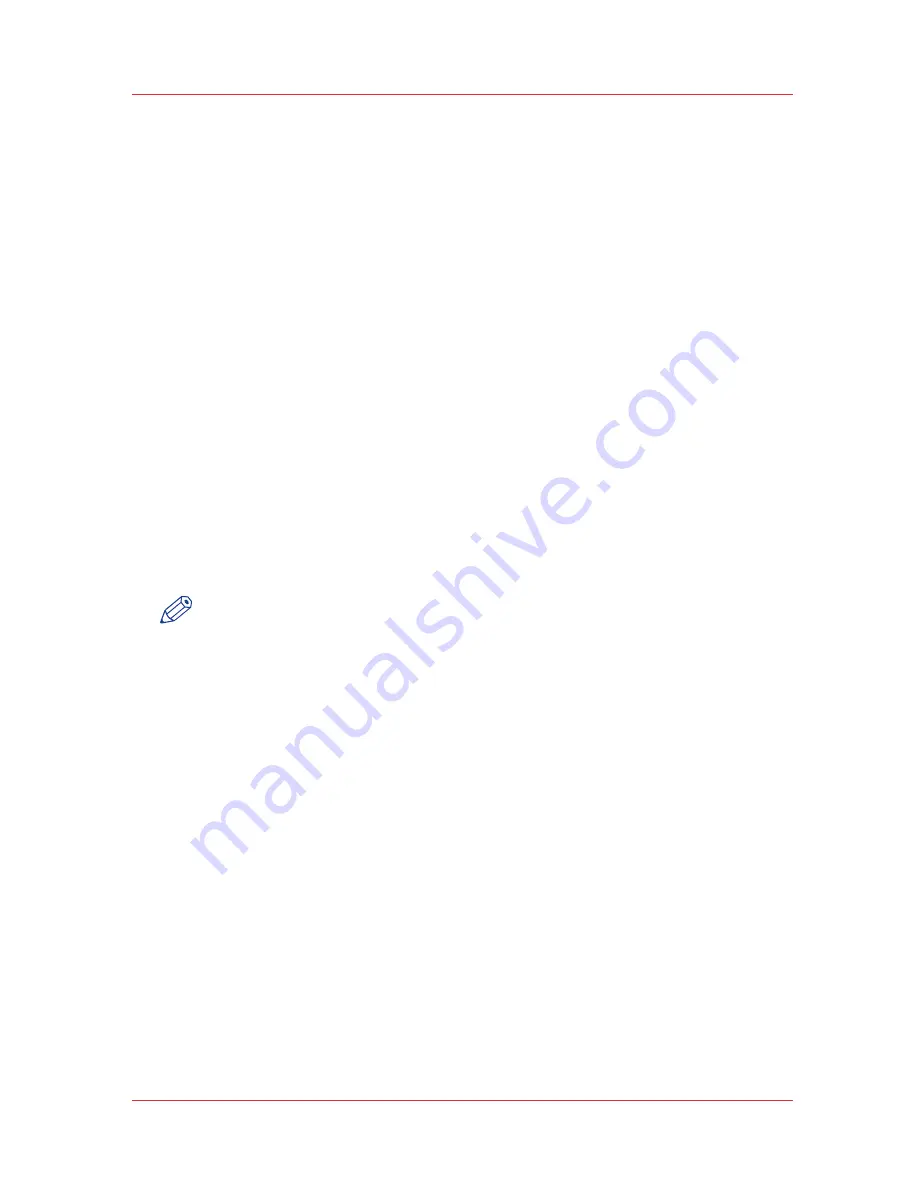
How To Improve Quality When Banding
Occurs
Introduction
Banding can occur in an image for a number of reasons. Typically it occurs
due to neighboring nozzles that do not fire or multiple nozzles that fire with
poor directionality. This can occur if the printer sits idle for an extended
period of time (e.g., overnight or longer), or if debris has been picked up
from the media or table by a printhead. If this happens, perform the
Printhead Maintenance procedure to clear the affected printheads. If
banding is evident, print a nozzle check to identify which nozzles of a
particular print head are not firing. After you perform the printhead
maintenance, print another nozzle check to confirm whether the problem
has been fixed.
If a print shows banding and a nozzle check print shows more than three
separate nozzles out or two or more adjacent nozzles out, the following
procedures for recovering clogged nozzles is recommended to improve
image quality.
NOTE
Keep the table surface clean and ensure the media is clean and free of
dust to help reduce banding. Use an anti-static brush, if necessary. Also
use a micrometer to accurately measure the media thickness so the
proper printhead gap between the printhead and the media is used. If the
printhead gap is less than it should be, there is a greater probability of
picking up debris on the printheads
Recovering Clogged Nozzles
When banding appears in an image and nozzle dropouts appear in the
Nozzle Check print, we recommend that printhead maintenance is
performed. In some cases it may be beneficial to print an image file after
maintenance, to exercise the firing of the nozzles, then run the Nozzle
Check again.
If some nozzles are still out, perform a purge of only the printheads with
nozzles out. To do this, close the ink valves of the colors that don't require
a purge, then purge to remove excess inks.
If dropouts still persist, you can also swab the printheads.
How To Improve Quality When Banding Occurs
Chapter 11 - Error Handling and Troubleshooting
219
User Manual: Arizona (AZ) 440 GT, AZ 440 XT, AZ 460 GT, AZ 460 XT, AZ 480 GT, AZ 480 XT - Rev. B, 4/2013
















































